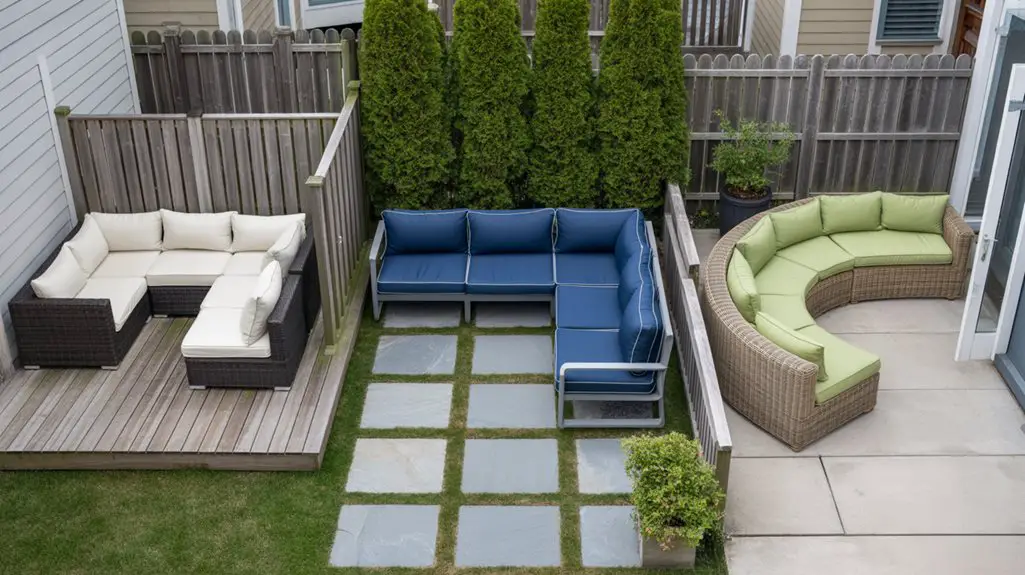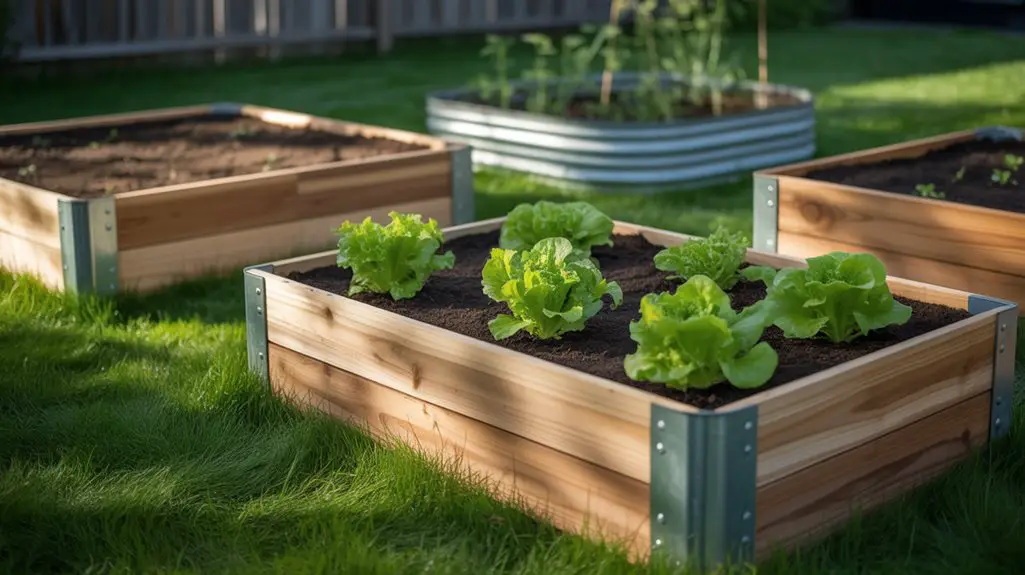You’ve noticed your patio isn’t quite as level as it once was. Maybe you’re tripping over uneven slabs, or your garden furniture is wobbling more than usual.
What you’re likely dealing with here is a case of ‘patio sinking’. This common problem occurs when the ground underneath your patio begins to settle or shift, leading to an unbalanced surface.
It’s not just an aesthetic issue but can potentially pose a risk to safety and property value. Understanding the causes behind this unsettling phenomenon is the first step toward finding a solution.
From soil erosion and poor compaction to tree roots disrupting the ground beneath, there are various reasons why your patio might start sinking.
Ignoring these signs could lead to further damage and costly repairs down the line. However, don’t panic just yet! With some technical know-how and preventative measures in place, you can tackle this issue head-on before it sinks any deeper – literally!
Identifying the Problem
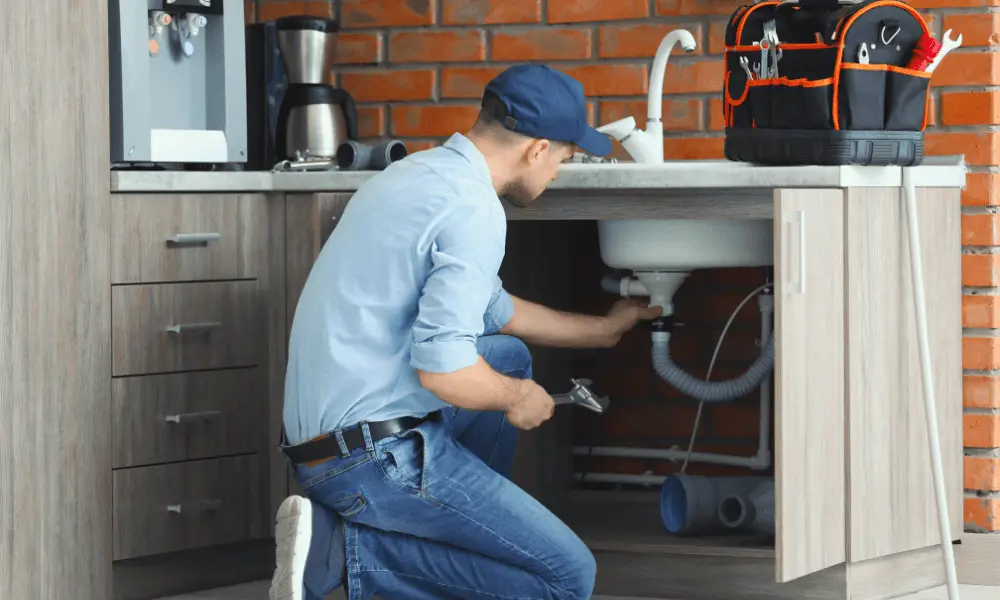
It’s absolutely disheartening when you notice your once perfectly flat patio starting to sink, isn’t it?
This sinking is often a result of underlying issues that have been overlooked in the process of patio maintenance. It could be due to poor soil conditions, inadequate foundation, or drainage issues.
When the ground beneath the patio doesn’t drain properly, it can become oversaturated and start to shift. As a result, weighty objects like patios begin to settle unevenly, causing them to sink.
The problem may seem superficial at first, but if not confronted early on, it can aggravate major structural damage.
Now, let’s dive deeper into how exactly drainage issues contribute to your patio sinking. Ideally, water should flow away from your house and other structures on your property when it rains or when you water your lawn.
However, sometimes, due to uneven land grading or the absence of proper gutters and downspouts, water tends to accumulate around certain areas, including your patio area, instead of draining away efficiently.
This collection of water softens the soil underneath, leading it to compress under pressure over time, which eventually results in sunken patios.
While this might sound daunting initially, understanding these fundamental causes empowers you with knowledge crucial for timely intervention and repair strategies.
You now know what signs need immediate attention: pooling water around the patio during rainfall or watering is an obvious red flag indicating poor drainage that needs addressing pronto!
Similarly, observing any changes in levelness or formation of cracks are indicators pointing towards possible foundation issues underneath your beloved outdoor space – all indicating a potential for future sinking!
So don’t ignore these tell-tale signs; armed with this newfound information, undertake proactive measures towards maintaining a healthy and leveled patio space!
Common Causes of Unlevel Surfaces
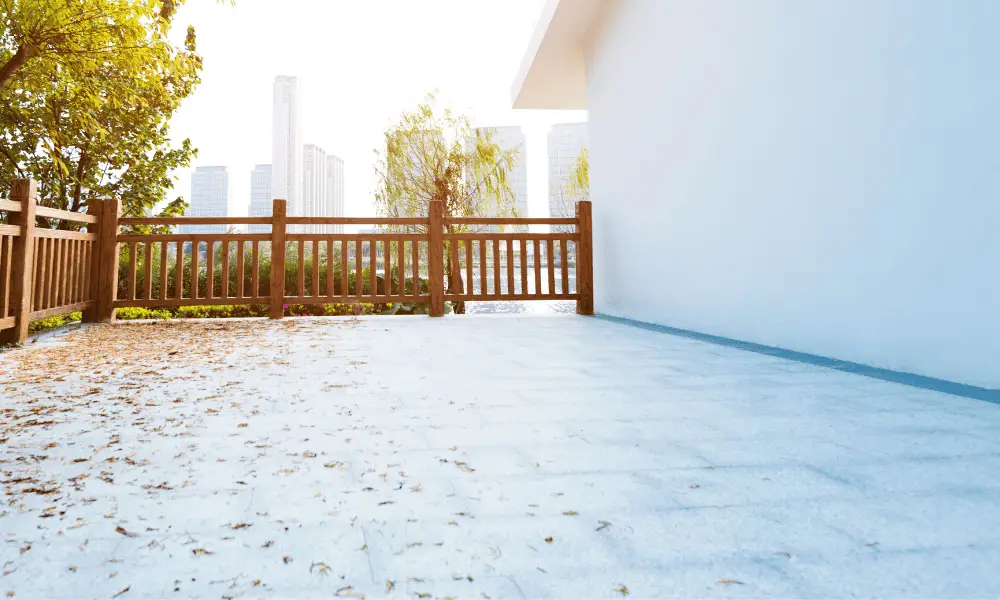
You might be shocked to learn that your cherished outdoor retreat could become uneven due to common issues like soil erosion, poor water drainage, or even pesky tree roots growing underneath.
These natural phenomena can compromise the stability and levelness of your patio surface, causing it to sink gradually over time.
However, understanding these causes can arm you with the knowledge needed to prevent such issues from arising in the first place or tackle them effectively when they do.
| Cause | Description |
|---|---|
| Soil Erosion Insights | Without proper drainage systems in place, water accumulates and softens the ground beneath your patio over time, resulting in an unlevel surface. |
| Poor Water Drainage | As trees around your patio grow, their roots expand underground, potentially disrupting and destabilizing the base of your patio and causing uneven surfaces. |
| Tree Roots Growth | As trees around your patio grow, their roots expand underground, potentially disrupting and destabilizing the base of your patio, and causing uneven surfaces. |
Climate Impact Analysis is also a crucial element to consider, as changes in weather patterns can exacerbate these underlying causes. For instance, regions prone to heavy rainfall or drastic temperature changes may experience more significant soil erosion or issues with water drainage.
Similarly, areas experiencing rapid plant growth due to warmer climates might have more problems with expanding tree roots disrupting patios’ foundations.
Understanding how climate interacts with these factors allows for better management and prevention strategies, ensuring that your beloved patio remains level for years of enjoyment ahead.
Remember that while identifying potential threats early on can help mitigate damage before it becomes extensive, not all sinking patios are doomed! Many solutions exist today that can help restore sunken surfaces back to their original form.
Consult professionals who specialize in such matters if you suspect any signs of sinking; they possess both the expertise and tools necessary for diagnosing and treating various types of unlevel surfaces caused by different factors mentioned above and beyond.
Potential Risks if Left Unchecked

Have you ever thought about the potential risks of ignoring those uneven surfaces in your outdoor space?
A sinking patio might not seem like a big deal, but it can lead to some serious consequences if left unchecked.
The first and foremost risk is structural instability. Over time, the sinking can cause significant damage to your home’s foundation. This isn’t just an aesthetic issue – it can actually compromise the entire structure of your property.
A few key points to keep in mind include:
Structural Instability
Insurance Complications
Addressing this issue promptly not only saves you from spending large amounts on repairs but also helps maintain the value of your property. It’s crucial that if you notice signs of a sinking patio – such as visible cracks, tilting, or uneven surfaces – you take immediate steps for rectification.
Remember that while these issues might begin outside, they have a way of creeping indoors and causing widespread damage over time.
So don’t sit back and let small issues snowball into major complications; tackle them head-on right away!
Effective Repair Solutions

Don’t fret; there’s a silver lining to this cloud – with the right repair solutions, that uneven outdoor space can be salvaged and transformed into a safe haven once again!
Material selection is key in this process. Depending on the extent of damage and your patio’s original material, you may need to use different materials for repair. For instance, if it’s concrete that has sunk or cracked, mud jacking or slabjacking could be suitable remedies.
Mudjacking entails drilling holes into the concrete and pumping a mixture of water, soil, and cement underneath to raise it back to its original level. Slabjacking follows a similar principle but uses foam instead of slurry.
Next up is cost estimation, which might seem daunting at first glance but bear with me here. Let’s break it down using mud jacking as an example since we just discussed it above.
The average cost per square foot for mudjacking ranges from $3-$6, depending on your location and contractor rates.
So if you have a 200-square-foot patio area that needs lifting, you’re looking at somewhere between $600-$1200 for repairs alone, not including any extra costs such as sealant or finisher afterward.
It’s important though to remember these are ballpark figures; actual prices can vary substantially based on factors such as the severity of sinking, accessibility issues, and local market conditions.
To make an informed decision about what repair solution best suits your needs, research thoroughly before proceeding with any specific course of action.
Consider seeking advice from professionals who specialize in foundation repair services – they can provide valuable insights regarding techniques like piercing or underpinning if the problem lies deeper within your home’s foundation rather than just the patio surface itself.
Keep in mind, too that preventive measures should be taken post-repair; regular check-ups coupled with proper maintenance will help ensure that you won’t have to deal with sunken patios ever again!
Preventative Measures to Consider
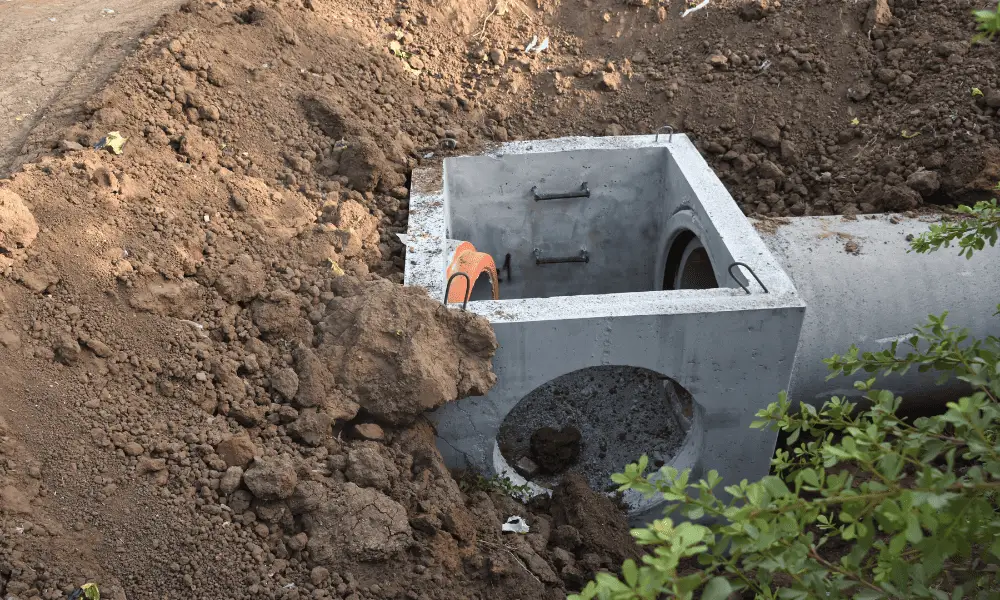
It’s essential that we’re proactive rather than reactive when it comes to maintaining our outdoor spaces. One preventative measure you should always keep in mind is Drainage Optimization.
This involves taking necessary steps to ensure that water doesn’t accumulate around your patio, as this moisture can cause the soil to soften and lead to sinking.
To optimize drainage, consider installing drains, trenches, or sloping landscapes away from your patio area. Also, maintain gutters and downspouts correctly so they direct water away from the structure.
Soil Stabilization is another critical factor in preventing a sinking patio. The stability of the soil beneath your patio plays a significant role in its longevity and durability.
There are several methods for achieving this, such as compaction, using geotextile fabrics, or employing chemical stabilization methods, which involve mixing stabilizing agents into the soil.
Remember that choosing the right method largely depends on your specific situation – factors like the type of soil, climate, and overall landscape design will all play into what might work best.
Taking these measures not only ensures that you avoid costly repair solutions but also extends the life of your outdoor space significantly.
But remember: prevention is an ongoing process – regular checks on your drainage system and observation for signs of any instability in your patio area are key aspects of effective maintenance protocols.
With strategic planning and proactive steps toward Drainage Optimization and Soil Stabilization, you’ll be able to enjoy a sturdy, stable patio for many years to come.
Conclusion
In conclusion, don’t let your patio turn into the Leaning Tower of Pisa. Ignoring a sinking patio could lead to bigger issues down the line.
So, it’s critical to identify causes early and employ effective repair solutions.
Remember, prevention is always better than cure. Maintain your patio regularly and implement preventative measures to avoid future sinking problems.
After all, wouldn’t you want to enjoy your caveman-like barbecues on a level surface?



